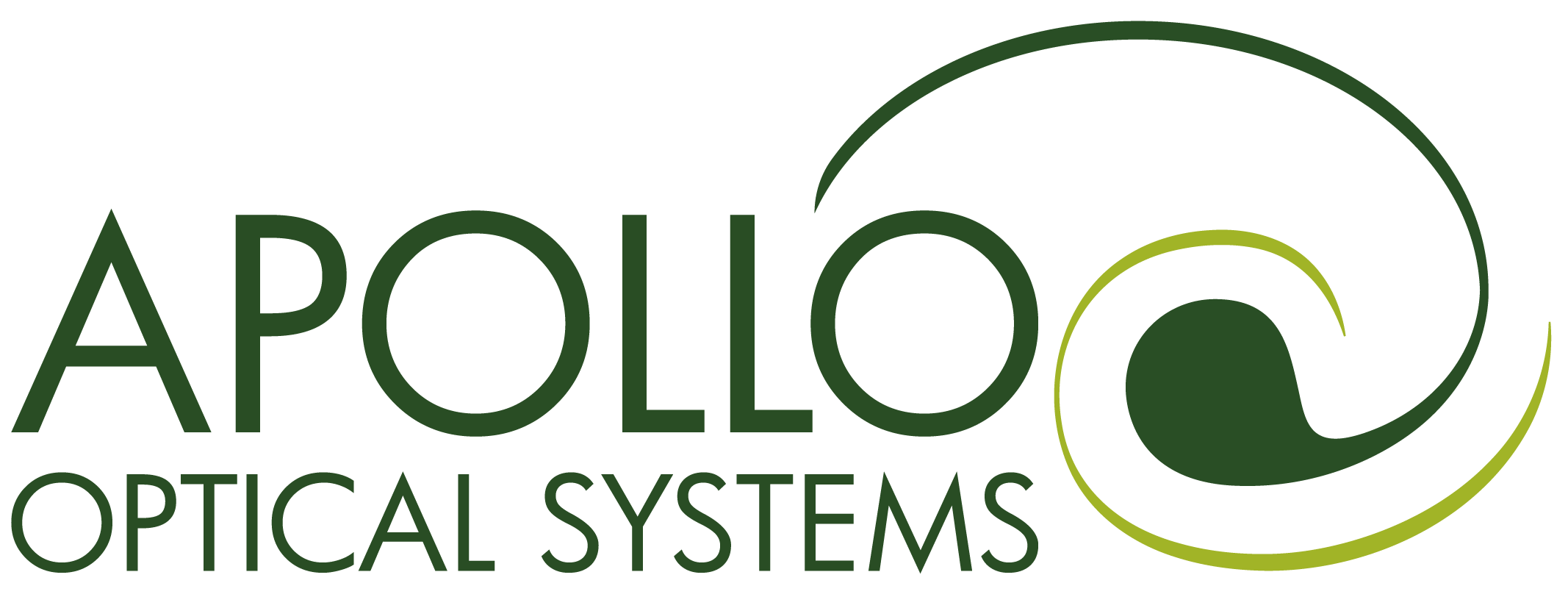As projects demand more sophisticated optics and optical components, the use of polymer injection molding is increasing. Polymer optics offer plenty of advantages over glass, including lower weight, better integration, and more complex geometric surfaces.
The polymer molding process isn’t without its challenges, however. The nature of the polymer injection molding process requires discipline from start to finish, beginning with design and moving through to manufacturing and production.
What is Polymer Injection Molding?
Injection molding is a process in which a polymer is forced into a mold cavity using high pressure.1 The polymer is fed into the mold in pellet form, which is then softened and melted to take the shape of the mold.
The mold itself has a precise cooling system that allows controlled cooling and solidification of the polymer, which is then held in place until it’s fully set.
Injection molding is a productive method that offers incredible control of manufactured parts and high accuracy, ensuring that identical parts can be mass-produced.
The common thermoplastics for injection molding of optics include:
- Acrylic (PMMA)
- Polycarbonate
- Polystyrene
- Cyclic olefin polymer/copolymer
Polymer Injection Molding Process
Polymer injection molding is a cost-effective manufacturing technique used for spherical, aspheric, and free-form surfaces. This process has four key components:
1. Mold
Injection molding includes a sophisticated mold to create optics, which has cavity details, optical inserts, and housing. Polymer optics offer advantages in creating both the mechanical features and the corresponding optics in one complex mold.
The polymer injection mold is a negative impression of the final concept like other molds. The mechanical features are often drafted to allow the part to be removed easily from the mold. The optical inserts are usually created out of diamond-turned alloys (e.g. nickel plated steel) for improved accuracy.
Thermoplastics shrink during the plastic injection molding process, which the manufacturer must correct. Generally, the thermoplastic may shrink by 0.5 percent to 0.6 percent, and precise consideration of the shrinkage is essential for ensuring the mold meets the requirements of the completed dimensions.
2. Molding Machine
Known as a press or an injection-molding machine, the molding machine has fixed and mobile platens, a clamp, and an injection unit. The manufacturer will insert the mold into the machine and mount both halves to the platens. Next, they will insert plastic pellets into the injection unit, which melt before the manufacturer injects them into the mold. Lastly, once the plastic cools and sets, it will take the shape of the mold and details of the final product. Then, it’ll be ready for testing.
3. Molding Process
Injection molding involves complex components and machinery. Along with shrinkage in the mold, the process involves possible obstacles like temperature changes, wear and tear, and resin content. An advantage of working with a skilled and knowledgeable manufacturer is that they will be ready to address these obstacles to ensure an accurate final product.
4. Coating
Coating polymer optics and substrates using physical vapor deposition is one option. The coating choices include beamsplitter, anti-reflection, reflective, and conductive coatings. Polymer optics can also take on hard coatings, along with hydrophobic or anti-fog coatings.
One of the significant benefits of this process is that it’s repeatable. Once prototyping is complete, you can repeat the polymer injection molding process for mass production. If necessary, your manufacturer can adjust to achieve a higher level of accuracy according to project demands.
Applications for Polymer Injection Molding
Any application that requires an optical component can use a polymer optic created with polymer injection molding. These may include:
- Medical imaging
- Imaging systems
- VR/AR systems
- Laboratory equipment like particle counters and spectrometers
- Microlens arrays
- Diffractive optical elements
- LED illumination and non-imaging optics
- Microscopes
Many of these applications benefit from the advantages of polymer optics and the injection molding process.
Choosing the Right Manufacturer
The plastic injection molding and manufacturing process is precise and complex.
The molded parts are vital to custom product development, so designers need to work with an optics manufacturer who thoroughly understands the molding process and its intricacies. This is especially true of projects that involve custom optics or optical components.
Manufacturers should have in-house metrology to take precise measurements of components and account for adjustments in the molding process. Molding high-precision polymer optics is a specialty practice, combining molding techniques with an expert understanding of optical design, optical metrology, and mold processing.
Custom Optics with Polymer Injection Molding at Apollo Optical Systems
When you work with an optics manufacturer who understands the process and works with the designer, you’ll be on the right track to achieve the best optics and optical components. At Apollo Optical Systems, our manufacturers and engineers use high-precision molding technology to produce consistent, high-quality optics and components. Along with the mechanical design, mold design, and single-point diamond turning, we offer in-house metrology to precisely measure any component.
Have a custom optics project in mind? Apollo Optical Systems has the expertise and technology to develop your optical components. Contact us to discuss your optics project!
Sources:
[1] https://www.sciencedirect.com/topics/materials-science/polymer-injection-moldingAbout Dale Buralli
Dr. Dale Buralli has served as the Chief Scientist for Apollo Optical Systems since 2003. In this role, Dr. Buralli is responsible for the design and optical modeling of various optical systems. These systems include virtual or augmented reality, ophthalmic and other imaging or illumination systems. Additionally, he provides support for optical tooling of lens molds and prototypes, including the development of custom software for both production and metrology. Dr. Buralli got his Ph.D. in optics from the University of Rochester in 1991. Now he is an Adjunct Professor of Optics at the University of Rochester’s Institute of Optics.



